“We are the perfect pop band” said KOMPUTER in 1998 on their debut album ‘The World Of Tomorrow’.
Comprising of Simon Leonard and Dave Baker, KOMPUTER emerged in 1996 as a response to OASIS ripping off THE BEATLES; “We decided that someone should rip off KRAFTWERK, so we did, and the name we chose was KOMPUTER” . said Baker, “Subsequent releases were less obviously KRAFTWERK influenced and still do!”
But some were not into the concept with one observation being remembered by Baker written in a review of a 1996 show at The Garage in London: “My memory of that Garage gig is a very animated and upset young man in an ill-fitting jumper, spilling Tuborg about the place, screaming at the top of his voice, ‘WHAT IS THE FACKING POINT?!’”
Simon Leonard had released experimental music in 1979 as FILE UNDER POP with the Rough Trade single ‘Heathrow’ and as AK PROCESS with the self-explanatory ‘Electronic’ on Output Records. Meanwhile Dave Baker played keyboards in a band called SONS OF CAIN; “I had no creative input except for keyboard parts” he recollected, “I got increasingly fed up and walked off stage one night in the middle of a gig and left the band!”
Baker and Leonard had met at Middlesex Polytechnic in 1982 and bonded over a love of pop. With Baker’s own first experiences of synth sounds coming from ‘Switched On Bach’, then Tomita’s ‘Snowflakes Are Dancing’ and ‘Autobahn’ coupled with Leonard’s experience of having already released electronic music, it was only natural that they would become a synth duo.
Named after the coming-of-age drama thriller starring Jenny Agutter, they became I START COUNTING, signing to Mute Records in 1984. “Some of the synths we started with are still in use” Baker told ELECTRICITYCLUB.CO.UK, “Roland 100M modular system, Roland VP330, Korg MS20. A little later the Roland SH101 twins arrived, then the Yamaha CS30. When we started as I START COUNTING we used a Roland MC 4 sequencer, then an MC500, followed by Atari based sequencing. We started using Ableton Live as KOMPUTER.”.
Despite I START COUNTING opening for ERASURE on their 1987 European tour, the musical landscape was changing. The new music that Leonard and Baker were making fell under the spell of techno as the dance music revolution took hold. So in 1990, “for a fresh, initially anonymous start and a new dancey direction”, the duo became FORTRAN 5.
FORTRAN 5 was of a more collaborative umbrella, working with a variety of artists including Thrash from THE ORB, DJ Colin Faver, Neil Arthur, Jocelyn West, Katharine Blake, Larry Graham, Rod Slater of THE BONZO DOG DOO-DAH BAND and Derek Nimmo. Samplers became the order of the day. Baker remembered “the original Mute studio above Rough Trade in Kings Cross had an Akai S612, then we got our own Greengate DS3 sampler, followed by the Akai S900 and S1000, followed by an Emu E5000 which is still in use”.
Despite their first live appearance in while at London’s Electrowerkz in 2019, currently “KOMPUTER is resting but may revive any time” said Baker, “Meanwhile I continue to release material as LONELYKLOWN. I have also just re-released my OOO EEE OOO album ‘Burning Through Time’ on CD and digital. All my solo music is available from my Bandcamp at https://davethekeys.bandcamp.com/ “
Material from their three main incarnations was combined in 2011 for the release of ‘Konnecting…’ and while all these different monikers and side projects could be a challenge to follow, they served a purpose; “Because we refreshed our musical identity once in a while” said Baker, “we re-evaluated our working methods and priorities regularly”
So with commentary from Dave Baker himself, here is ELECTRICITYCLUB.CO.UK’s 20 track Beginners Guide to the KOMPUTER axis and its many konnections…
AK-47 Stop! Dance! (1981)
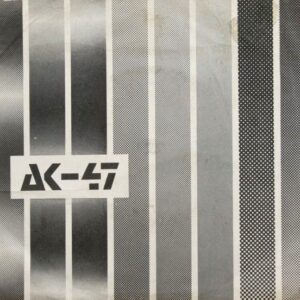 Named after the assault rifle by Soviet small arms designer Mikhail Kalashnikov, AK-47 was another solo moniker of Simon Leonard. A lively slice of minimal synth with the vocodered phrases that referenced the weapon, ‘Stop! Dance!’ was released a year before Leonard met David Baker – “Simon was working with other people when I joined but they gradually stopped contributing, leaving the two of us. We were friends, DJ-ed and discussed music before we started working together.”
Named after the assault rifle by Soviet small arms designer Mikhail Kalashnikov, AK-47 was another solo moniker of Simon Leonard. A lively slice of minimal synth with the vocodered phrases that referenced the weapon, ‘Stop! Dance!’ was released a year before Leonard met David Baker – “Simon was working with other people when I joined but they gradually stopped contributing, leaving the two of us. We were friends, DJ-ed and discussed music before we started working together.”
Available on the compilation boxed set ‘Musik Music Musique 2.0 1981 – The Rise Of Synth Pop’ (V/A) via Cherry Red Records
I START COUNTING Letters To A Friend (1984)
 The first I START COUNTING single was produced by Daniel Miller. ‘Letters To A Friend’ was “Our first release on Mute” reminisced Baker of the charmingly deadpan English pop tune with a bright glassy backdrop that sounded like it was recorded in a church. It was “demoed on a Portastudio at Simon’s stepmum’s in Hampstead. Programmed on Daniel’s Synclavier at his mum’s in Decoy Avenue. Musically inspired by a CULTURE CLUB song, lyrically autobiographical”.
The first I START COUNTING single was produced by Daniel Miller. ‘Letters To A Friend’ was “Our first release on Mute” reminisced Baker of the charmingly deadpan English pop tune with a bright glassy backdrop that sounded like it was recorded in a church. It was “demoed on a Portastudio at Simon’s stepmum’s in Hampstead. Programmed on Daniel’s Synclavier at his mum’s in Decoy Avenue. Musically inspired by a CULTURE CLUB song, lyrically autobiographical”.
Available on the I START COUNTING / FORTRAN 5 / KOMPUTER compilation ‘Konnecting…’ via Mute Records
I START COUNTING Still Smiling (1985)
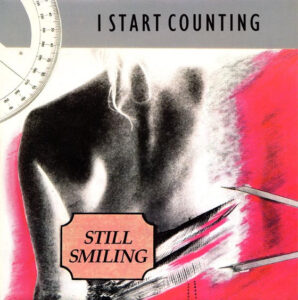 Also produced by Daniel Miller and with the metallic resonances of ‘Some Great Reward’ era DEPECHE MODE, the bouncy ‘Still Smiling’ was “Almost a sequel to ‘Letters To A Friend’” recalled Baker, “The B-side was ‘There Is Always The Unexpected’ which foretold our future experimentation! Simon and I have both always loved and admired the Daniel Miller and Flood’s extended remix of this. Adrian Sherwood did an amazing one too”.
Also produced by Daniel Miller and with the metallic resonances of ‘Some Great Reward’ era DEPECHE MODE, the bouncy ‘Still Smiling’ was “Almost a sequel to ‘Letters To A Friend’” recalled Baker, “The B-side was ‘There Is Always The Unexpected’ which foretold our future experimentation! Simon and I have both always loved and admired the Daniel Miller and Flood’s extended remix of this. Adrian Sherwood did an amazing one too”.
Available on the I START COUNTING / FORTRAN 5 / KOMPUTER compilation ‘Konnecting…’ via Mute Records
I START COUNTING Ra! Ra! Rawhide (Rasputin) (1988)
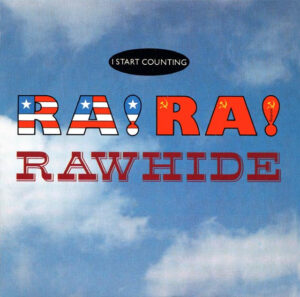 Using an edited JFK quote “Communism is the wave of the future” on the artwork while turning Frankie Laine and BONEY M into a musical Frankenstein’s Monster, Dave Baker recalled this early example of a mash-up (before the term existed) as: “A biting piece of political satire bookending the American cowboy classic ‘Rawhide’ and the classic Russian anthem ‘Rasputin’, which so inspired LADY GAGA. There was a scathing review by Mark E. Smith somewhere”.
Using an edited JFK quote “Communism is the wave of the future” on the artwork while turning Frankie Laine and BONEY M into a musical Frankenstein’s Monster, Dave Baker recalled this early example of a mash-up (before the term existed) as: “A biting piece of political satire bookending the American cowboy classic ‘Rawhide’ and the classic Russian anthem ‘Rasputin’, which so inspired LADY GAGA. There was a scathing review by Mark E. Smith somewhere”.
Originally released on the I START COUNTING single ‘Ra! Ra! Rawhide (Rasputin)’ via Mute Records, currently unavailable
FORTRAN 5 Heart On The Line (1991)
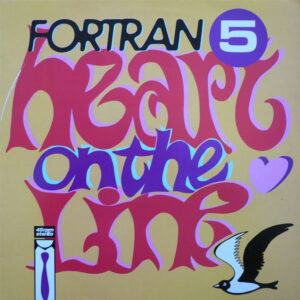 ‘Heart On The Line’ was an airy part spoken-part sung folky number with a blissful electronic dance backdrop number was that deserved to be hit when the UK charts was full of rave-driven novelty material that was far inferior. “The original demo sampled the intro from the BLONDIE song ‘X Offender’” said Baker, “Vocals by two of MIRANDA SEX GARDEN (we helped produce their first single in return). Remixes by Vince Clarke, Moby and Justin Robertson!”.
‘Heart On The Line’ was an airy part spoken-part sung folky number with a blissful electronic dance backdrop number was that deserved to be hit when the UK charts was full of rave-driven novelty material that was far inferior. “The original demo sampled the intro from the BLONDIE song ‘X Offender’” said Baker, “Vocals by two of MIRANDA SEX GARDEN (we helped produce their first single in return). Remixes by Vince Clarke, Moby and Justin Robertson!”.
Available on the album via the I START COUNTING / FORTRAN 5 / KOMPUTER compilation ‘Konnecting…’ via Mute Records
FORTRAN 5 featuring DEREK NIMMO Layla (1993)
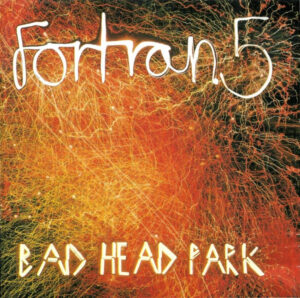 A superb eccentric upper class reading of ‘Layla’ that saw “Derek doing Derek”, Eric Clapton’s worldwide hit (which incidentally he DID NOT play the signature riff for, that was actually Duane Allman!) was turned into classic English poetry over bouncy electronic backing – “Derek Nimmo was a famous 70s comedy actor” Baker remembered, ”We actually got him in the Mute studio to record this. He was very entertaining and humble!”
A superb eccentric upper class reading of ‘Layla’ that saw “Derek doing Derek”, Eric Clapton’s worldwide hit (which incidentally he DID NOT play the signature riff for, that was actually Duane Allman!) was turned into classic English poetry over bouncy electronic backing – “Derek Nimmo was a famous 70s comedy actor” Baker remembered, ”We actually got him in the Mute studio to record this. He was very entertaining and humble!”
Available on the album via the I START COUNTING / FORTRAN 5 / KOMPUTER compilation ‘Konnecting…’ via Mute Records
FORTRAN 5 VP330 (1995)
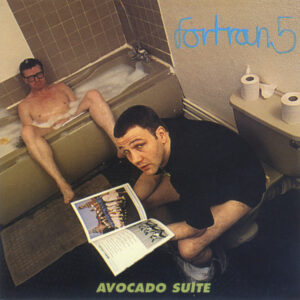 Named after the Roland Vocoder Plus VP330, Baker said “That VP330 has been through a lot but it still works perfectly. Bought new 1979/80, toured around UK and Europe, on loan to Studio Mute for a few years, now part of my home studio set up. A few of the keys have melted patches where Simon rested cigars”. Using the VP330’s distinctive if less realistic synthetic choirs, the track had an eerie KRAFTWERK resonance in a sign of things to come.
Named after the Roland Vocoder Plus VP330, Baker said “That VP330 has been through a lot but it still works perfectly. Bought new 1979/80, toured around UK and Europe, on loan to Studio Mute for a few years, now part of my home studio set up. A few of the keys have melted patches where Simon rested cigars”. Using the VP330’s distinctive if less realistic synthetic choirs, the track had an eerie KRAFTWERK resonance in a sign of things to come.
Available on the FORTRAN 5 album ‘Avocado Suite’ via Mute Records
JOHN CAME Ink Tank (1995)
![]() Rumoured to have been ERASURE in disguise, John Came was actually a Leonard and Baker side project where a singular persona was adopted to create the illusion of a lone frontman. Baker remembered that the sinister robotised ‘In Tank’ was “The only track on the album ‘Rhythmicon’ with vocals. These were produced by a custom made talking box, which required painstaking and time consuming programming. We made a brilliant video on Super 8 film”.
Rumoured to have been ERASURE in disguise, John Came was actually a Leonard and Baker side project where a singular persona was adopted to create the illusion of a lone frontman. Baker remembered that the sinister robotised ‘In Tank’ was “The only track on the album ‘Rhythmicon’ with vocals. These were produced by a custom made talking box, which required painstaking and time consuming programming. We made a brilliant video on Super 8 film”.
Available on the JOHN CAME album ‘Rhythmicon’ via Mute Records
KOMPUTER Valentina Tereshkova (1996)
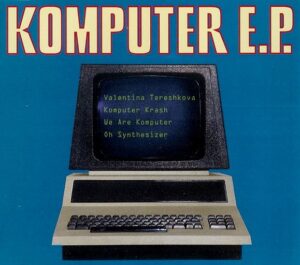 Embracing the “K” word and mining ‘The Model’ while speeding it up, this was a tribute to the first female Cosmonaut Valentina Tereshkova. But Baker recalled how the song could have come out quite differently: “An original demo was made with Claudia Brücken, with completely different melody and lyrics. The eventual lyrics were inspired by BONEY M’s sometimes biographical style. An anonymous, instrumental 12” was also released”.
Embracing the “K” word and mining ‘The Model’ while speeding it up, this was a tribute to the first female Cosmonaut Valentina Tereshkova. But Baker recalled how the song could have come out quite differently: “An original demo was made with Claudia Brücken, with completely different melody and lyrics. The eventual lyrics were inspired by BONEY M’s sometimes biographical style. An anonymous, instrumental 12” was also released”.
Available on the KOMPUTER album ‘The World Of Tomorrow’ via Mute Records
KOMPUTER Terminus – Memory Man (1998)
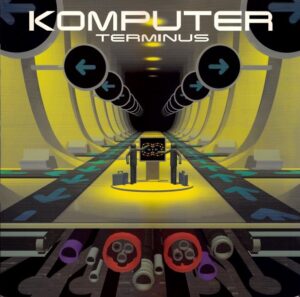 The highlight of the debut KOMPUTER album as ‘Terminus Interminus’ with its strong ‘Trans-Europe Express’ in outer space vibe, ‘Terminus’ came in a number of variants without the original’s transport narration. A remix by German DJ COSMIC BABY was chosen to be the single but Baker preferred “An excellent mix by the very talented Mr Daniel Miller” as Memory Man which provided a frantic electro tension not present on the other versions.
The highlight of the debut KOMPUTER album as ‘Terminus Interminus’ with its strong ‘Trans-Europe Express’ in outer space vibe, ‘Terminus’ came in a number of variants without the original’s transport narration. A remix by German DJ COSMIC BABY was chosen to be the single but Baker preferred “An excellent mix by the very talented Mr Daniel Miller” as Memory Man which provided a frantic electro tension not present on the other versions.
Available on the I START COUNTING / FORTRAN 5 / KOMPUTER Digital Deluxe album ‘Konnecting… (B-Sides And Rarities)’ via Mute Records
KOMPUTER Kompaktor (2002)
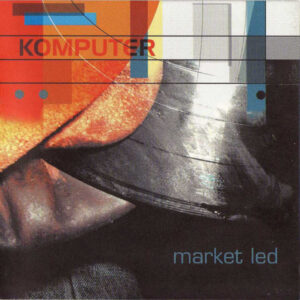 Taking a far more abstract experimental approach on the second KOMPUTER long player, ‘Kompaktor’ was “Inspired by the sounds of a large rubbish crushing machine on Old Spitalfields Market, where Simon and myself worked for many years. It made very loud creaking, wailing sounds like some gigantic elephant or something. From the album ‘Market Led’ which used many samples from both the market and discarded records we reused”.
Taking a far more abstract experimental approach on the second KOMPUTER long player, ‘Kompaktor’ was “Inspired by the sounds of a large rubbish crushing machine on Old Spitalfields Market, where Simon and myself worked for many years. It made very loud creaking, wailing sounds like some gigantic elephant or something. From the album ‘Market Led’ which used many samples from both the market and discarded records we reused”.
Available on the KOMPUTER album ‘Market Led’ via Mute Records
KOMPUTER My Private Train (2003)
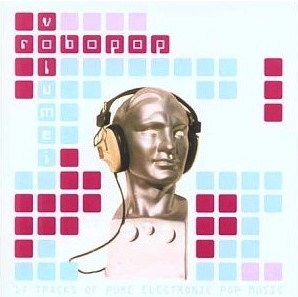 Compiled by Wayne Clements of Essex duo MACONDO, ‘Robopop Volume 1’ was possibly the closest thing to the ‘Some Bizzare Album’ in the 21st Century. ‘My Private Train’ dated from ‘The World Of Tomorrow’ sessions and was “Never given a standalone release” as Baker recalled, “it was included on a synthpop compilation. I still really like this song. A video was made on a train journey we made between London and Scotland to play at a festival”.
Compiled by Wayne Clements of Essex duo MACONDO, ‘Robopop Volume 1’ was possibly the closest thing to the ‘Some Bizzare Album’ in the 21st Century. ‘My Private Train’ dated from ‘The World Of Tomorrow’ sessions and was “Never given a standalone release” as Baker recalled, “it was included on a synthpop compilation. I still really like this song. A video was made on a train journey we made between London and Scotland to play at a festival”.
Available on the compilation album ‘Robopop Volume 1’ (V/A) via Lucky Pierre Recordings
KOMPUTER Headphones & Ringtones (2007)
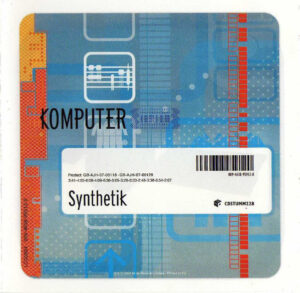 After the pure KRAFTWERK homage of their debut and the experimental sampling of its follow-up, the third KOMPUTER album ‘Synthetik’ explored the brave new world of virtual synths. ‘Headphones & Ringtones’ was an impassive but witty observation on how music consumption had changed in the 21st Century. “The title came from a line from another song, ‘Night Bus’, which was demoed but never released” said Baker.
After the pure KRAFTWERK homage of their debut and the experimental sampling of its follow-up, the third KOMPUTER album ‘Synthetik’ explored the brave new world of virtual synths. ‘Headphones & Ringtones’ was an impassive but witty observation on how music consumption had changed in the 21st Century. “The title came from a line from another song, ‘Night Bus’, which was demoed but never released” said Baker.
Available on the album via ‘Synthetik’ via Mute Records
ERASURE Victim Of Love – KOMPUTER Mix (2009)
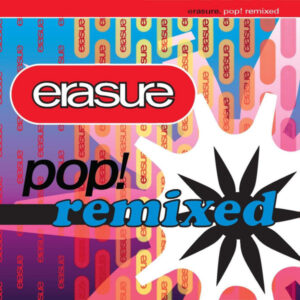 Having already remixed ERASURE previously as FORTRAN 5 with their ‘Lay All Your Love On Me (No Panties Mix)’, Leonard and Baker were back again with a new take on ‘Victim Of Love’ for the companion piece of the expanded ‘Total Pop! The First 40 Hits’ collection: “I just listened to it for probably the first time since making it and thought it sounded very good” said Baker, “I think the idea was to make it sound more ERASURE than ERASURE”.
Having already remixed ERASURE previously as FORTRAN 5 with their ‘Lay All Your Love On Me (No Panties Mix)’, Leonard and Baker were back again with a new take on ‘Victim Of Love’ for the companion piece of the expanded ‘Total Pop! The First 40 Hits’ collection: “I just listened to it for probably the first time since making it and thought it sounded very good” said Baker, “I think the idea was to make it sound more ERASURE than ERASURE”.
Available on the ERASURE compilation album ‘Pop Remixed’ via Mute Records
OMD The Right Side? (2010)
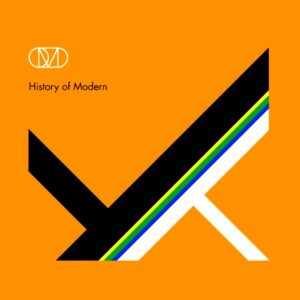 ‘The Right Side?’ was the closer of the ‘History Of Modern’ album featuring new vocals, lyrics and melody from Andy McCluskey who had an idea based on ‘Looking Down From London (Metroland)’ after hearing the KOMPUTER remix; “Andy from OMD rang me to ask permission to use our track. Of course we agreed. We were very surprised and pleased with the resulting song, which basically kept our original intact as the basis”.
‘The Right Side?’ was the closer of the ‘History Of Modern’ album featuring new vocals, lyrics and melody from Andy McCluskey who had an idea based on ‘Looking Down From London (Metroland)’ after hearing the KOMPUTER remix; “Andy from OMD rang me to ask permission to use our track. Of course we agreed. We were very surprised and pleased with the resulting song, which basically kept our original intact as the basis”.
Available on the OMD album ‘History Of Modern’ via Blue Noise
BLANCMANGE God’s Kitchen – KOMPUTER Remix (2014)
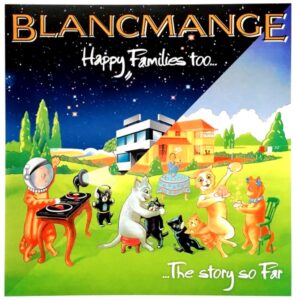 With ‘Happy Families Too’, Neil Arthur wanted to approach BLANCMANGE’s classic debut album using modern technology with updated references like “I’ve just been shopping… online!” on ‘Kind’. The bonus tracks were remixes by Vince Clarke who reworked ‘Living On The Ceiling’ and KOMPUTER who did ‘Cruel’ and ‘God’s Kitchen’; “This is really very good” said Baker of the latter, “I don’t remember anything about making it at all!”
With ‘Happy Families Too’, Neil Arthur wanted to approach BLANCMANGE’s classic debut album using modern technology with updated references like “I’ve just been shopping… online!” on ‘Kind’. The bonus tracks were remixes by Vince Clarke who reworked ‘Living On The Ceiling’ and KOMPUTER who did ‘Cruel’ and ‘God’s Kitchen’; “This is really very good” said Baker of the latter, “I don’t remember anything about making it at all!”
Available on the album BLANCMANGE album ‘Happy Families Too’ via Blank Check
DAVE THE KEYS The Lights Of The Pub (2020)
 “My first solo release for the first Lockdown Christmas of 2020”, Baker had envisaged ‘The Lights Of The Pub’ “as a ‘Fairytale Of North London’, it was a tribute to all the pubs standing empty at this time, remembering festive seasons of the past and looking forward (hopefully) at future ones. It specifically referenced The Lamb on London’s Holloway Road, where I play piano every Thursday and raised funds for a Crowdfunder in aid of the pub”.
“My first solo release for the first Lockdown Christmas of 2020”, Baker had envisaged ‘The Lights Of The Pub’ “as a ‘Fairytale Of North London’, it was a tribute to all the pubs standing empty at this time, remembering festive seasons of the past and looking forward (hopefully) at future ones. It specifically referenced The Lamb on London’s Holloway Road, where I play piano every Thursday and raised funds for a Crowdfunder in aid of the pub”.
Available on the single ‘The Lights Of The Pub’ via https://davethekeys.bandcamp.com/track/the-lights-of-the-pub
KOMPUTER Spacer (2020)
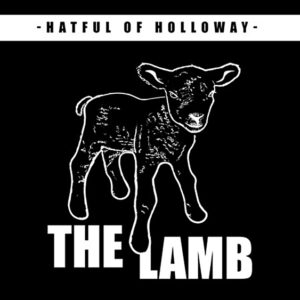 From a charity collection comprising of 22 cover versions, it featured an enjoyable Komputerised take on the 1979 Sheila B Devotion disco classic complete with dreamy vocoder. Baker said ‘Spacer’ was “One of very few cover versions we have ever done, released on a compilation in aid of a Crowdfunder for The Lamb pub. The original is one of my favourite ever 12 inch singles, with genius production from Nile Rogers and Bernard Edwards of CHIC”.
From a charity collection comprising of 22 cover versions, it featured an enjoyable Komputerised take on the 1979 Sheila B Devotion disco classic complete with dreamy vocoder. Baker said ‘Spacer’ was “One of very few cover versions we have ever done, released on a compilation in aid of a Crowdfunder for The Lamb pub. The original is one of my favourite ever 12 inch singles, with genius production from Nile Rogers and Bernard Edwards of CHIC”.
Available on the compilation album ‘Hatful Of Holloway’ (V/A) via Lamb Ade at https://smarturl.it/hatful-of-holloway
OOO EEE OOO Summer 20 (2021)
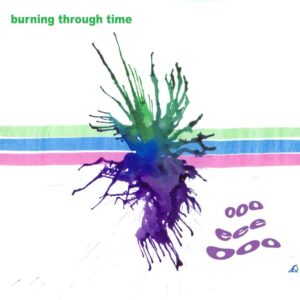 Taken from the OOO EEE OOO album ‘Burning Through Time’ released on limited edition cassette only in 2021 and re-released on CD and digital in July 2024, Baker added “This is my favourite track on the album, including snatches of radio noise and speech as well as field recordings from local walks in Queens Wood, Highgate. I like to think it conjures up an atmosphere of being suspended in time in an endless summer”.
Taken from the OOO EEE OOO album ‘Burning Through Time’ released on limited edition cassette only in 2021 and re-released on CD and digital in July 2024, Baker added “This is my favourite track on the album, including snatches of radio noise and speech as well as field recordings from local walks in Queens Wood, Highgate. I like to think it conjures up an atmosphere of being suspended in time in an endless summer”.
Available on the OOO EEE OOO album ‘Burning Through Time’ via https://davethekeys.bandcamp.com/album/burning-through-time
LONELYKLOWN Everything I Try To Do Is Wrong (2022)
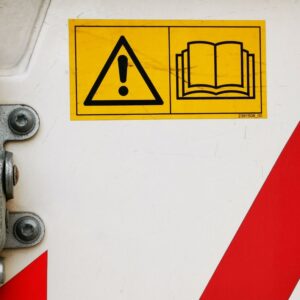 Waste not – want not, ‘Everything I Try To Do Is Wrong’ was “actually a rejected KOMPUTER song. During Lockdown I would walk to Simon’s flat in Crouch End every Friday and exchange ideas. I would give him a USB stick with audio on and he would give me handwritten lyric ideas. This was a combination of verses Simon wrote and a chorus idea I’d had a while ago. Simon didn’t think the resulting song was really KOMPUTER so I asked if I could have it”.
Waste not – want not, ‘Everything I Try To Do Is Wrong’ was “actually a rejected KOMPUTER song. During Lockdown I would walk to Simon’s flat in Crouch End every Friday and exchange ideas. I would give him a USB stick with audio on and he would give me handwritten lyric ideas. This was a combination of verses Simon wrote and a chorus idea I’d had a while ago. Simon didn’t think the resulting song was really KOMPUTER so I asked if I could have it”.
Available on the LONELYKLOWN EP ‘Wrong X4’ via https://davethekeys.bandcamp.com/album/wrong-x4
ELECTRICITYCLUB.CO.UK gives its warmest thanks to Dave Baker
https://komp46.wixsite.com/komputer
https://www.facebook.com/KomputerOfficial
https://www.instagram.com/komputerdave/
https://twitter.com/komputerdave
https://open.spotify.com/artist/1gEqsqT3mT13pTcUhEyzzs
Text by Chi Ming Lai with thanks to Simon Helm
22nd October 2024

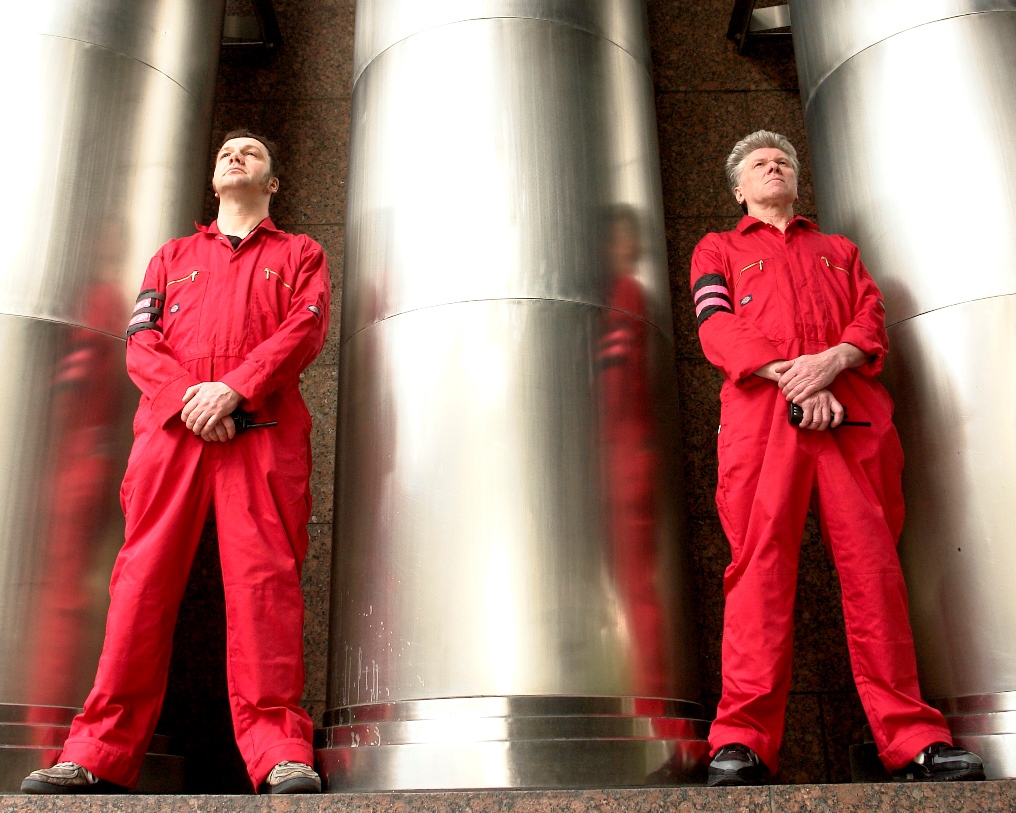

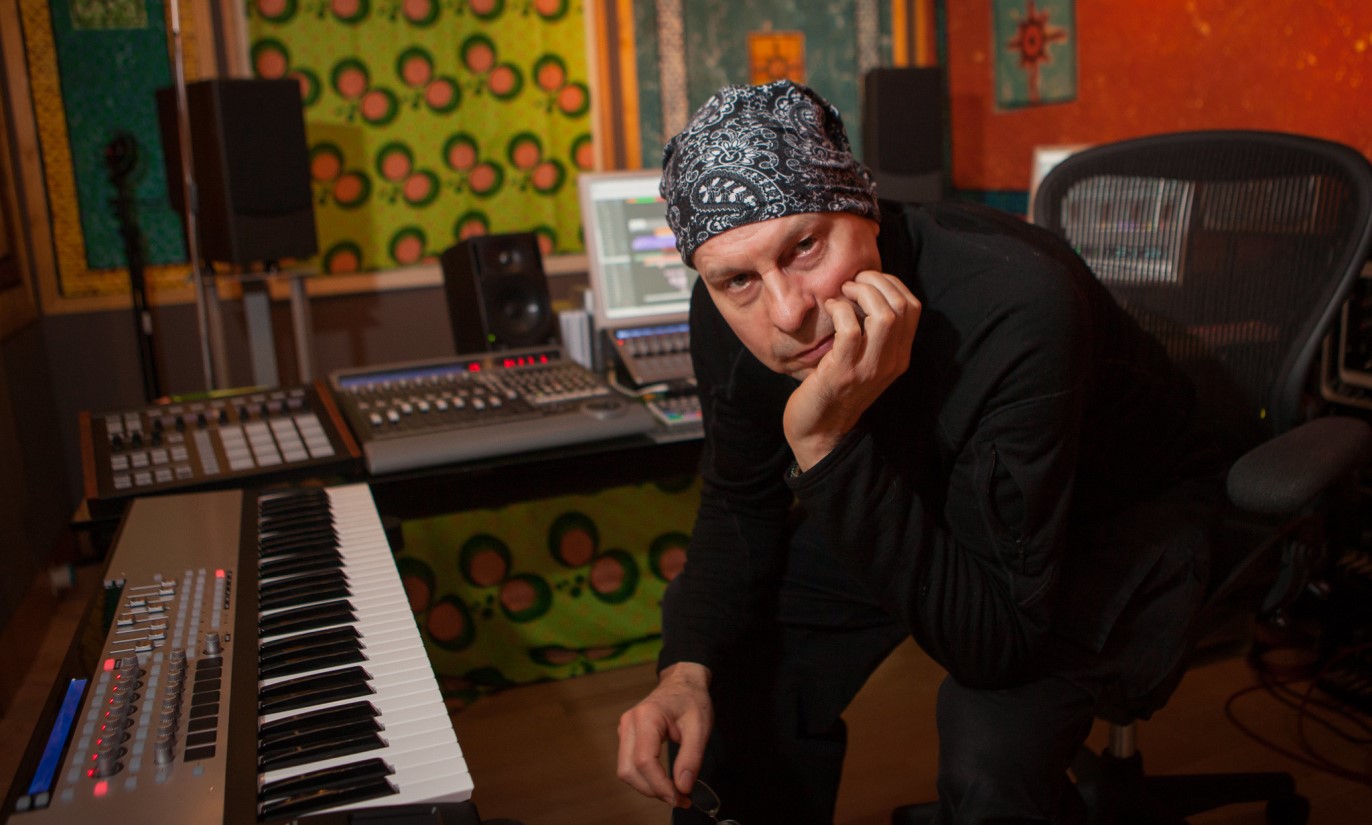
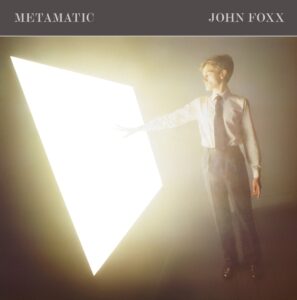
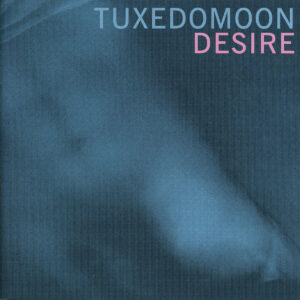
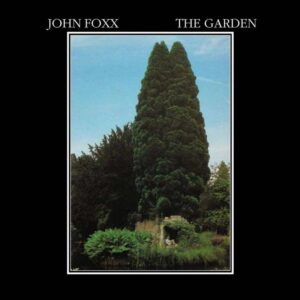
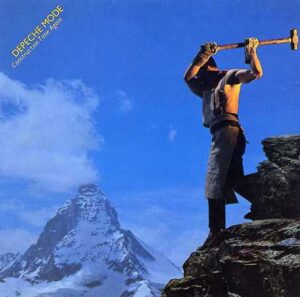
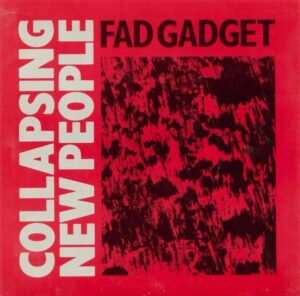
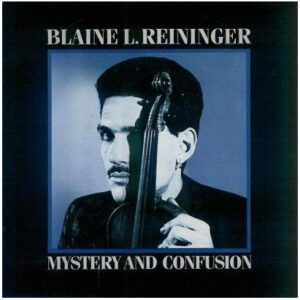
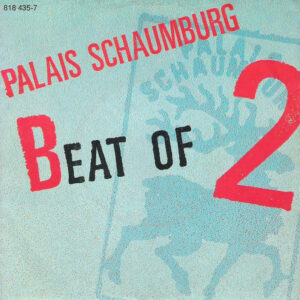
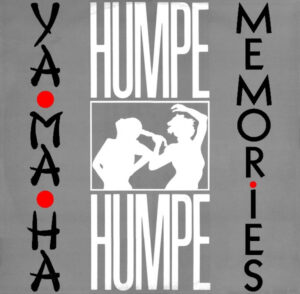
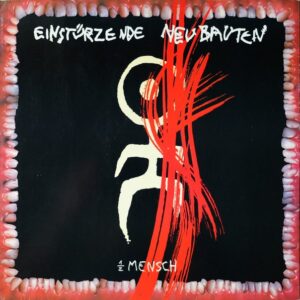
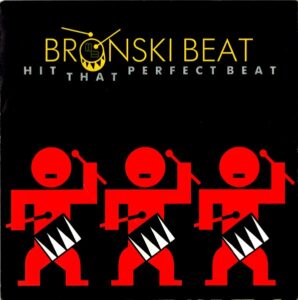
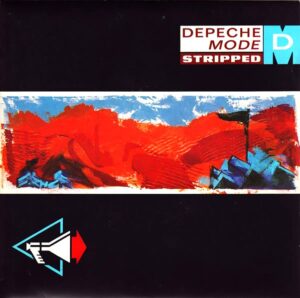
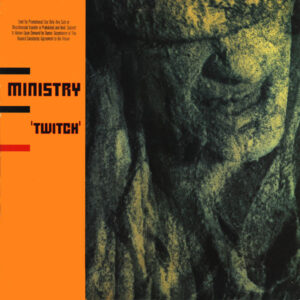
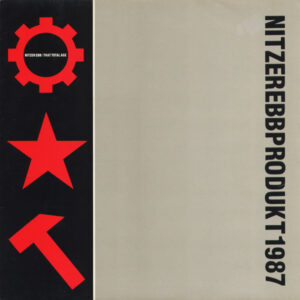
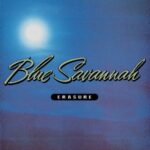

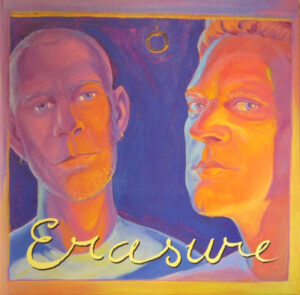
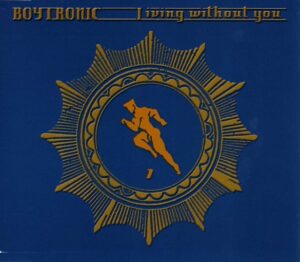
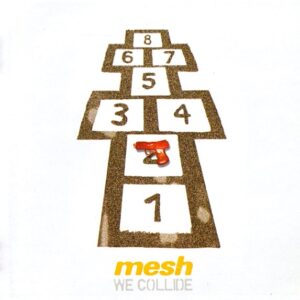
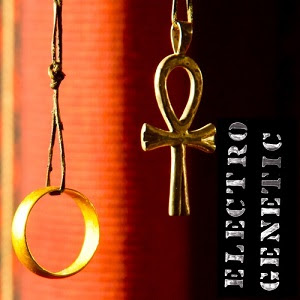
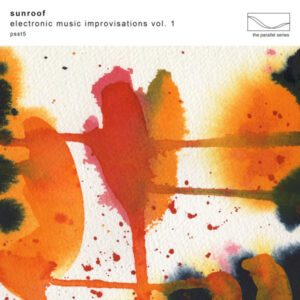
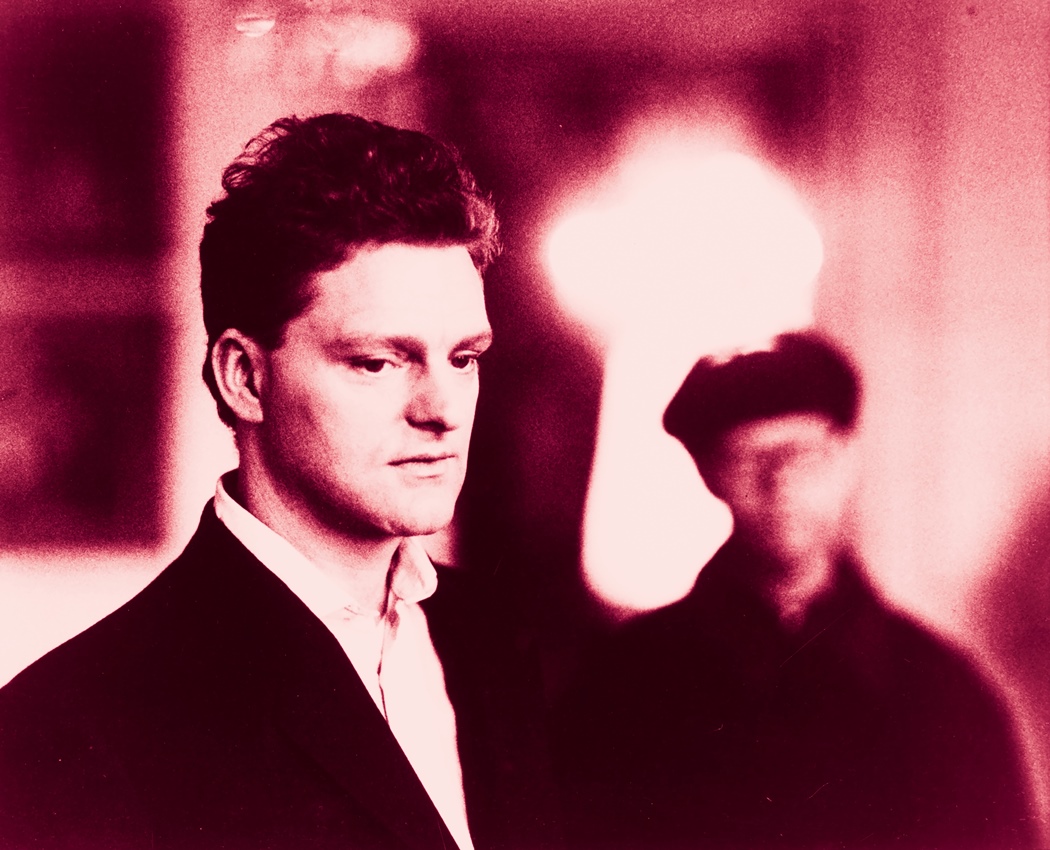
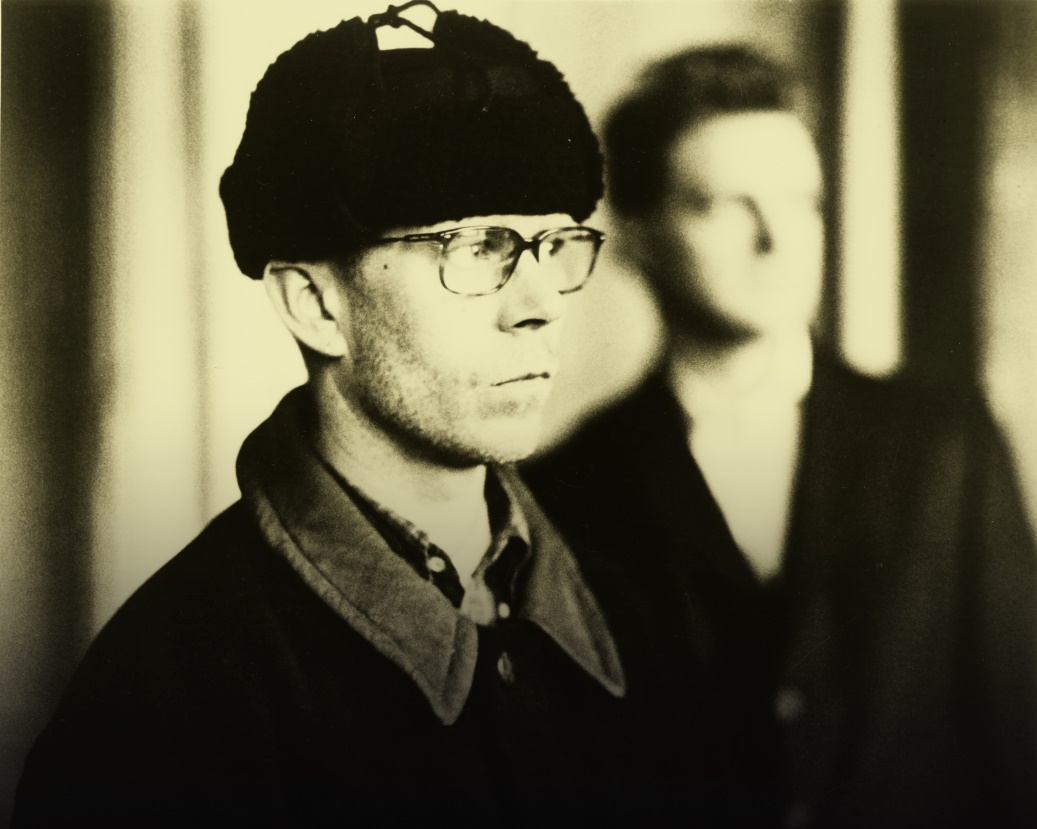
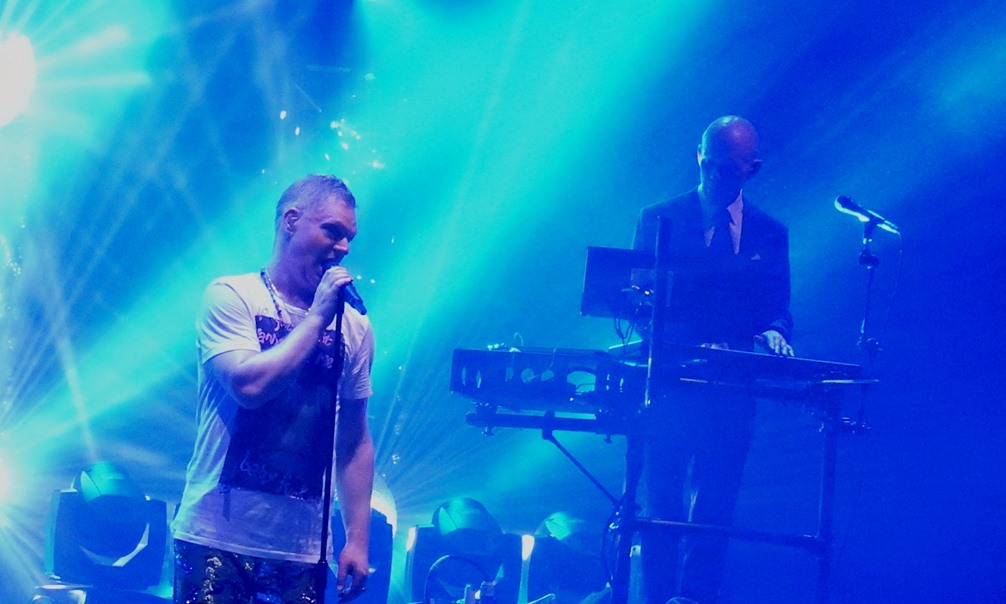
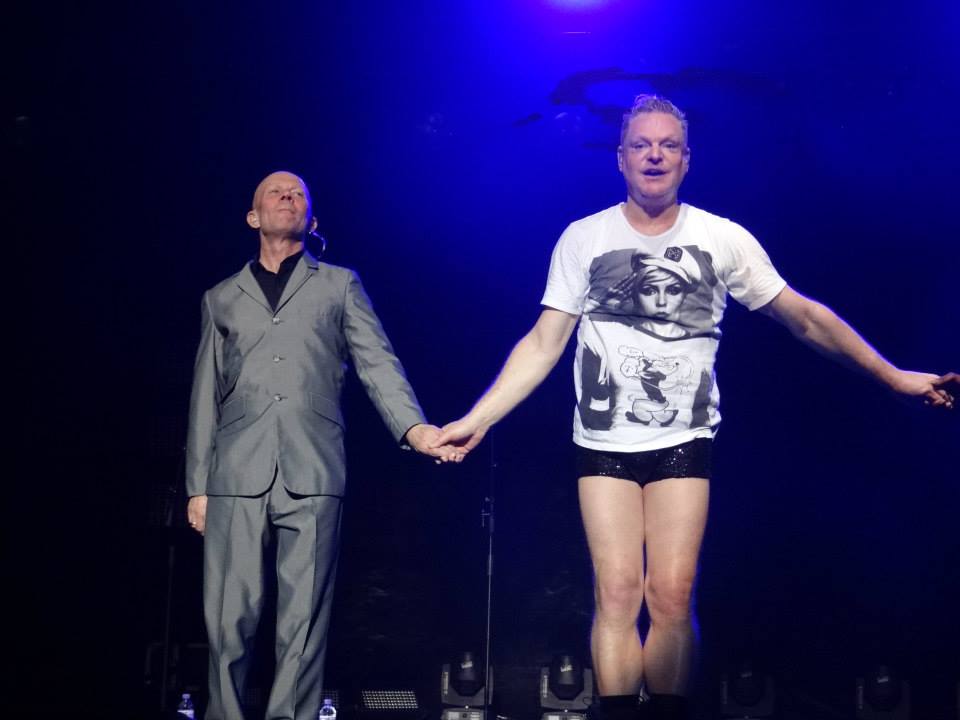
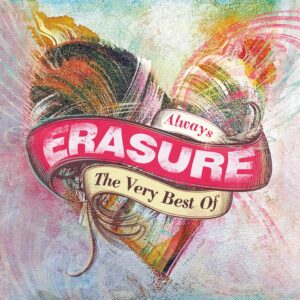
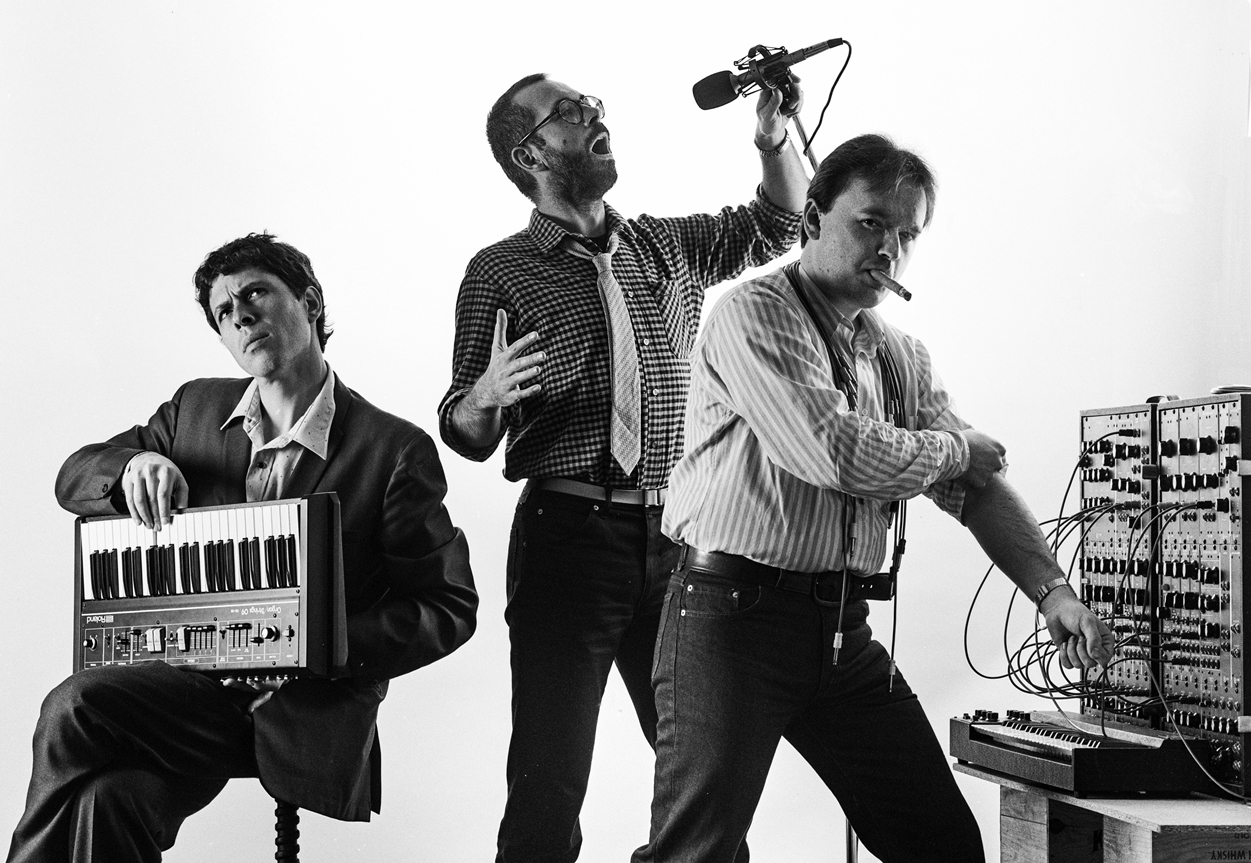
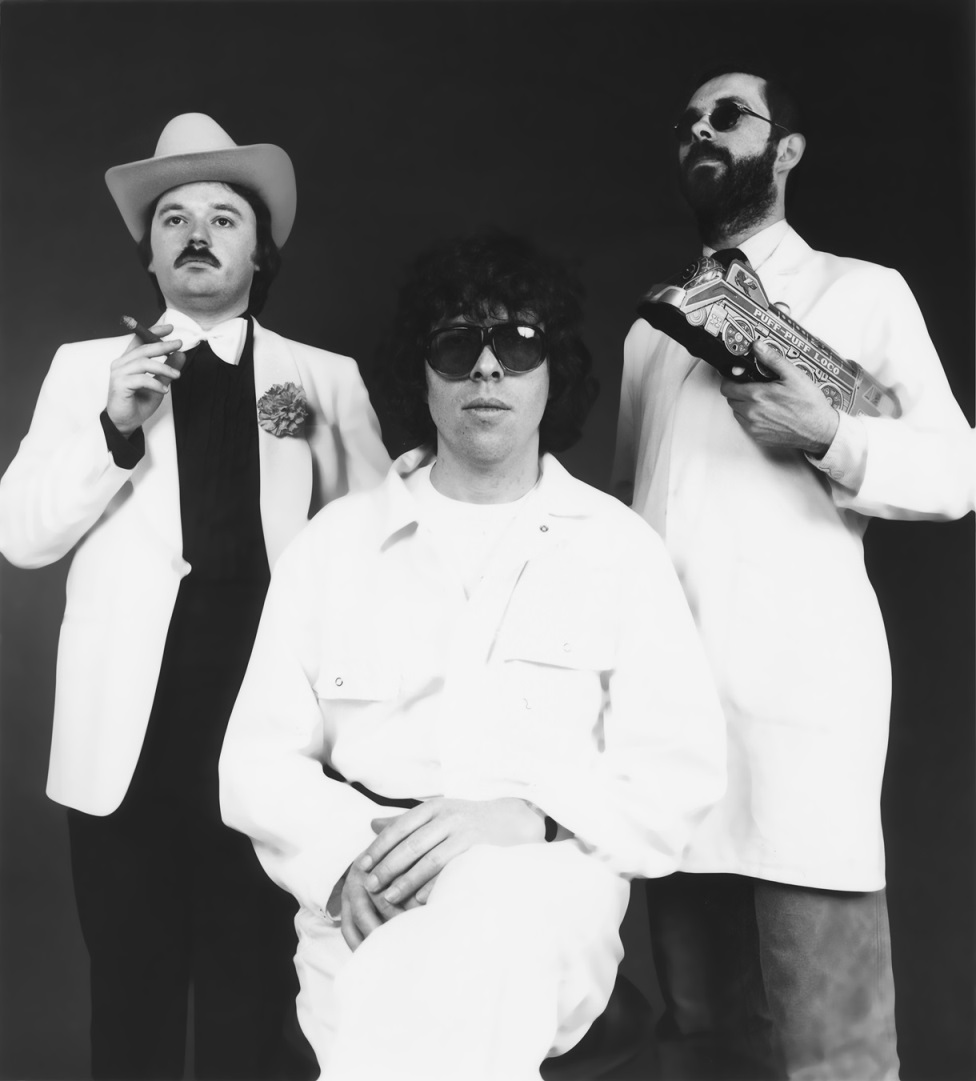
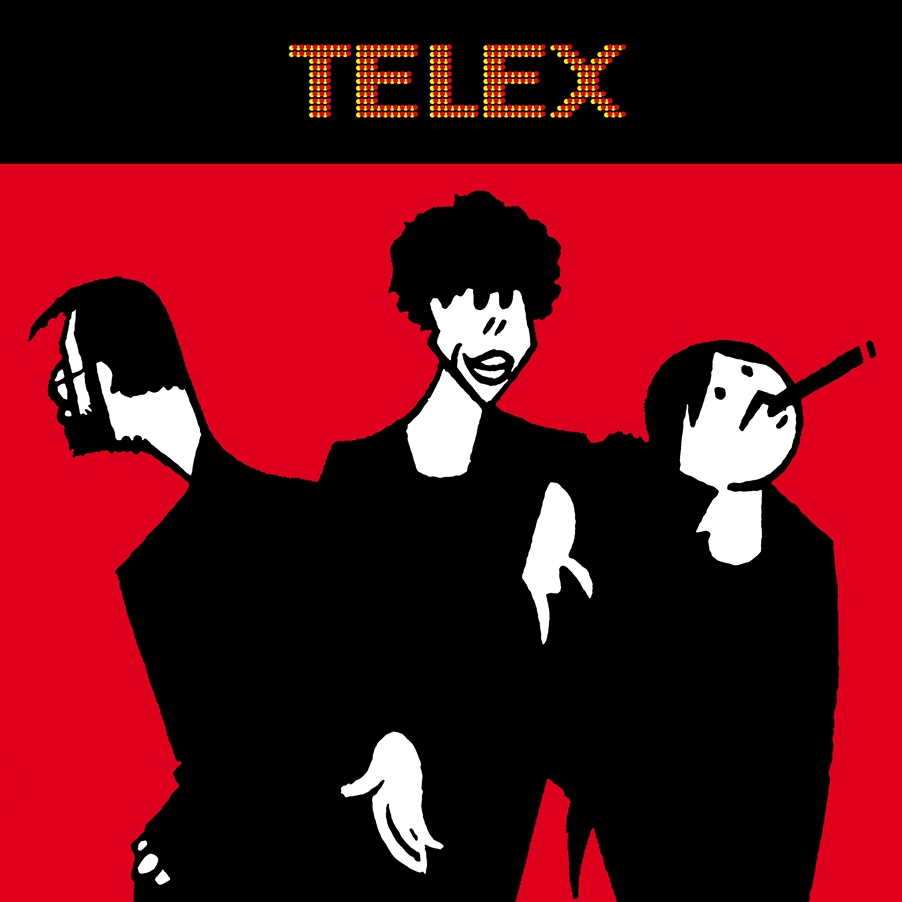

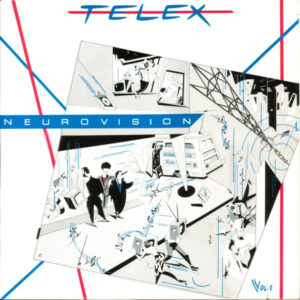
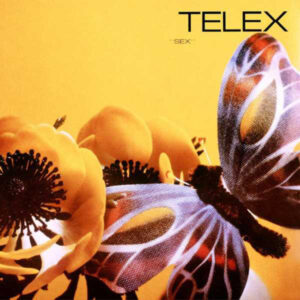
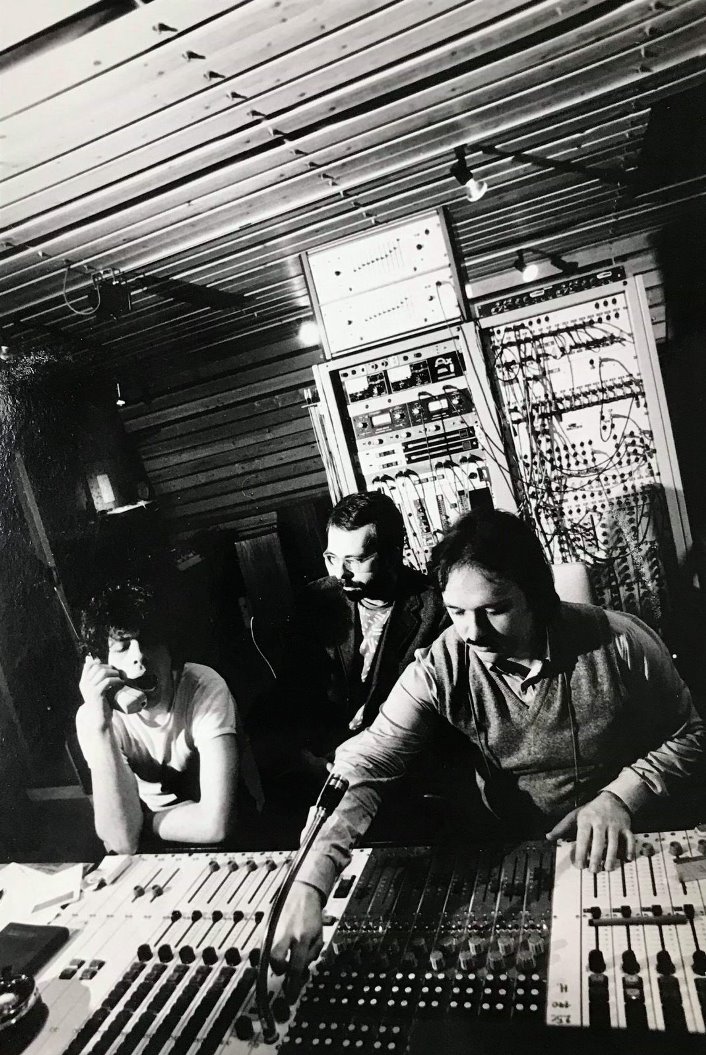
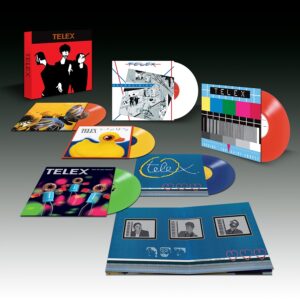
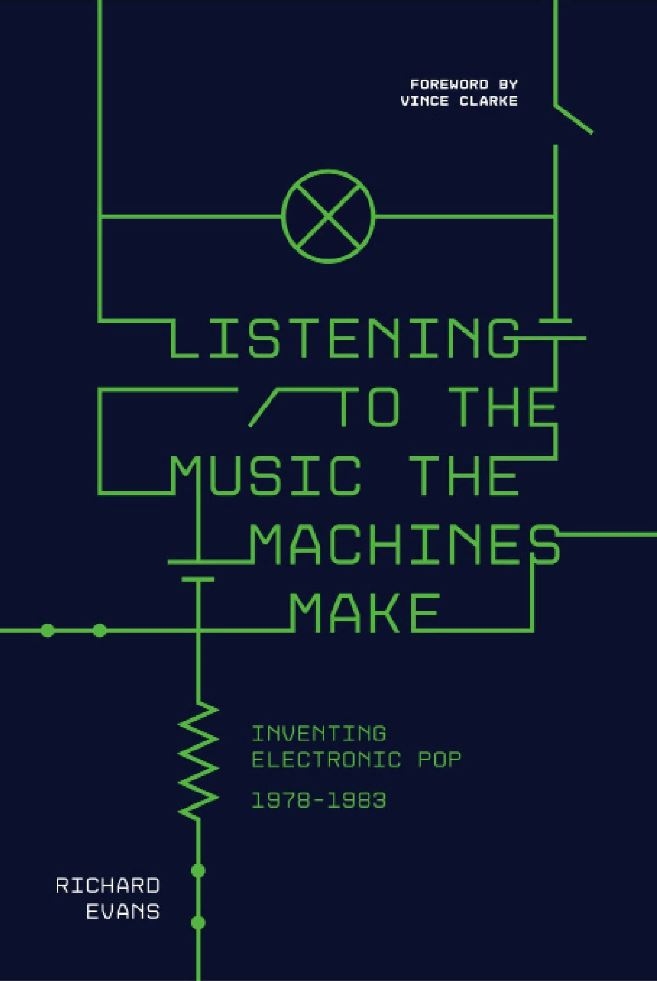
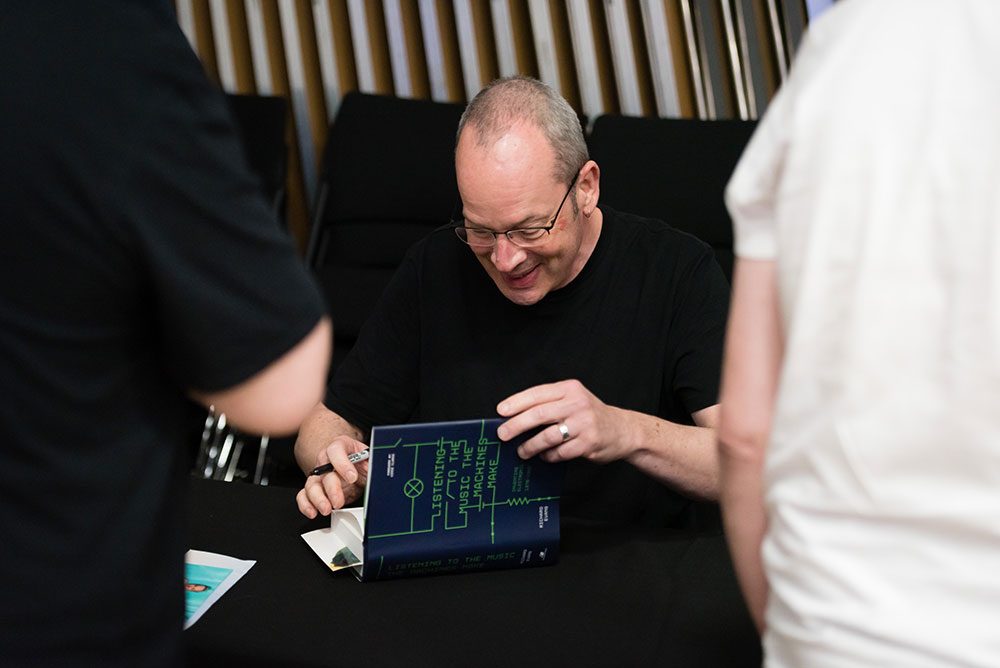
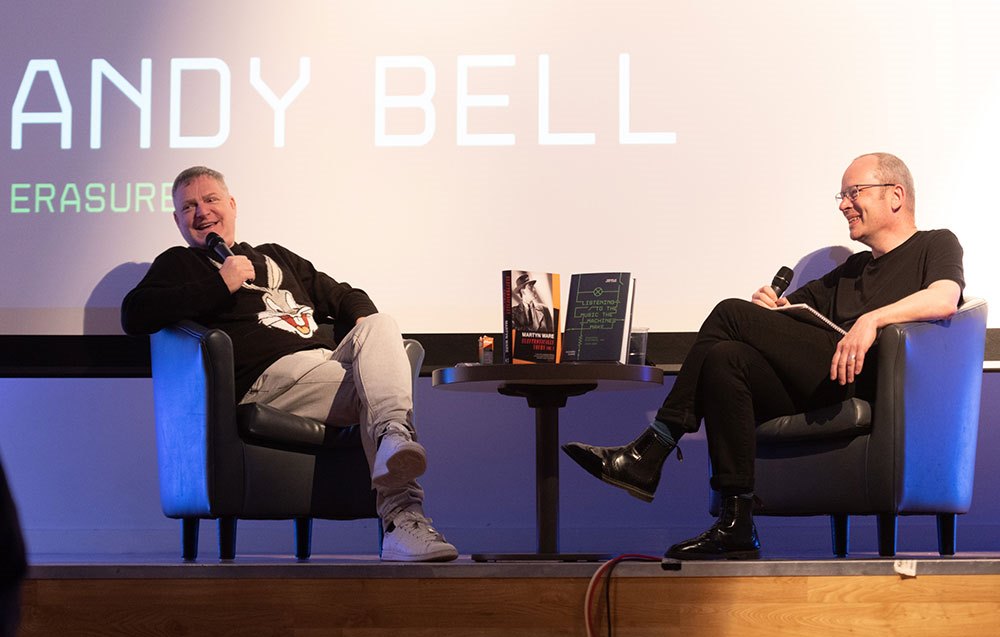
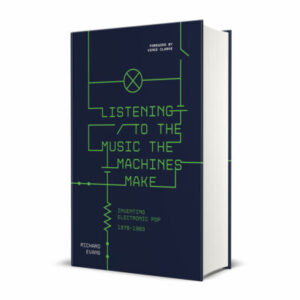
Follow Us!